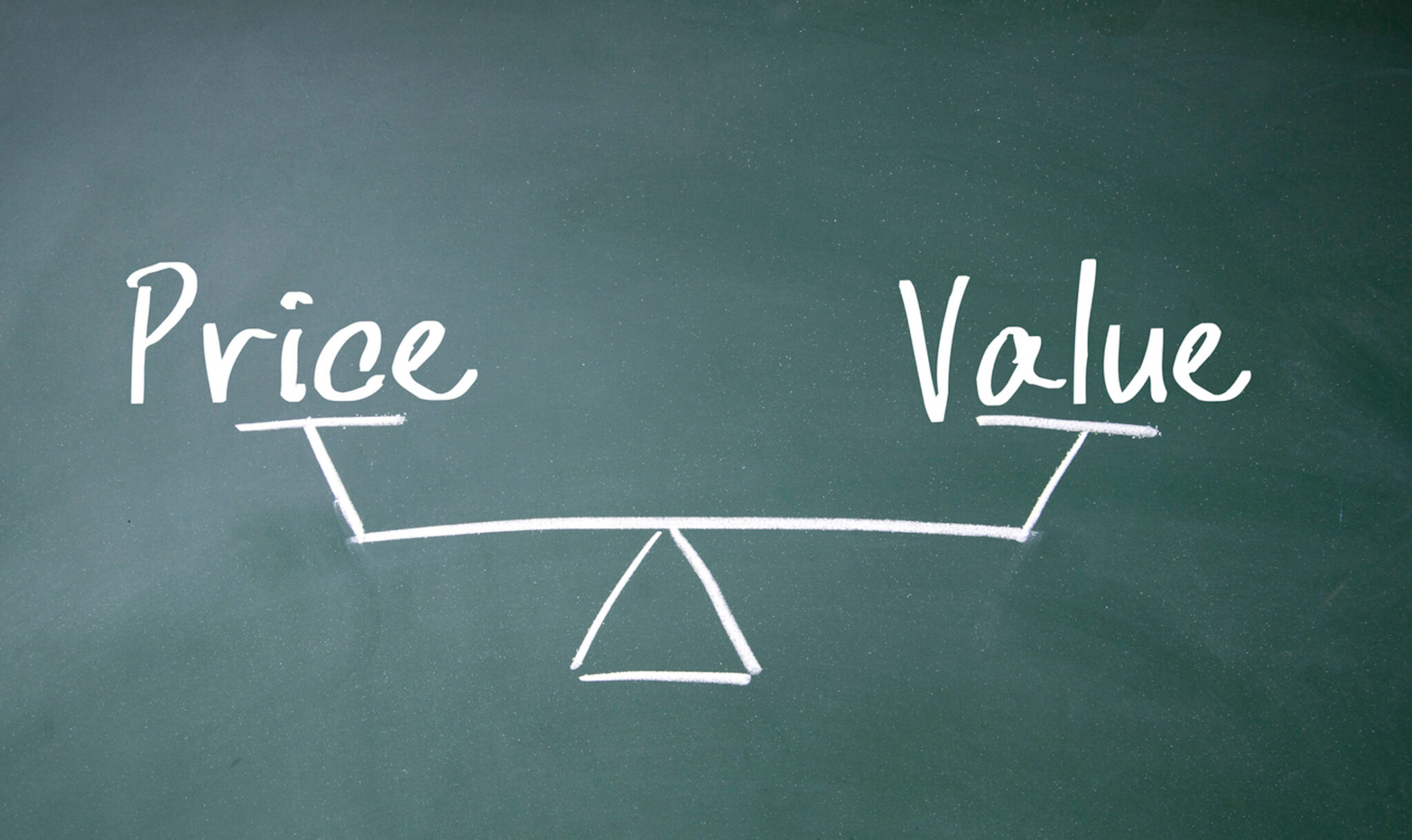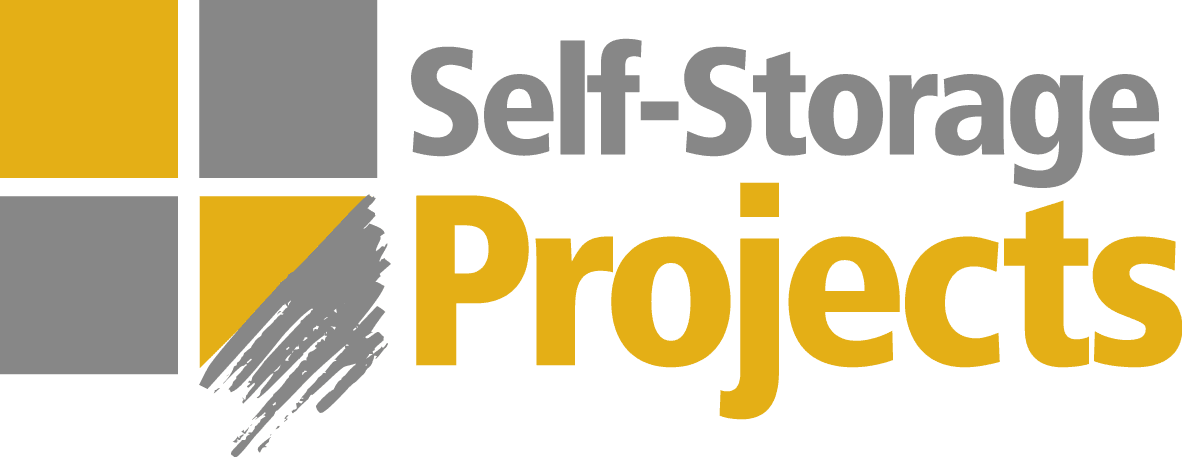How Much Is My Self-Storage Business Worth? A Guide for Spanish Operators

Spain’s self-storage industry has entered a period of accelerated transformation. Since 2019, the number of facilities across the country has more than doubled, driven by a confluence of structural and behavioral shifts: rising urban density, changing lifestyles, the growth of ecommerce, and increased demand for flexible storage solutions. As a result, self-storage has evolved from a niche product into a recognized, high-margin, real estate-backed investment category.
As a consequence of this growth in demand and operational maturity, institutional investors began to take serious notice. In an environment where traditional asset classes like office and retail have struggled with structural vacancy and evolving tenant expectations, self-storage emerged as a highly attractive alternative. It offers strong fundamentals, recurring cash flow, and inflation-protected pricing — features that align well with the objectives of real estate funds, family offices, and private equity platforms. Larger operators are also consolidating market share via acquisitions of smaller, independent operators. These buyers aren’t just interested in new developments — they are seeking existing, cash-flowing assets that can be brought under centralized platforms.
This has left many independent owners wondering:
“What could my self-storage business actually be worth?”
The answer is not always obvious. Whether you own your property or operate on a leasehold basis (as many in Spain do), valuations depend on a range of factors — not just financial performance, but also lease quality, location, and the investor’s own underwriting strategy. This article offers a practical, data-supported framework to help Spanish operators understand what drives value in today’s self-storage market — and how to prepare, even if a sale isn’t on the horizon.
Understanding What Investors Are Valuing
To understand how both real estate and business operations are valued in a self-storage investment, we need to consider several common valuation methods used by investors. Each approach offers a different lens — and which one gets applied depends on who the buyer is and what kind of asset you’re selling.
EBITDA Multiples
In the Spanish self-storage market, this is one of the most commonly used valuation tools. Rather than focusing on the property, it looks at the business itself — how profitable it is, how scalable it might be, and what kind of earnings it generates. EBITDA stands for Earnings Before Interest, Taxes, Depreciation, and Amortization. It’s a clean way to measure your core operating performance, excluding financing and accounting differences.
If your facility produces €300,000 in EBITDA and the buyer applies an 8x multiple, your business might be valued at €2.4 million. This method is especially popular for leasehold businesses, or for buyers looking to build a branded platform. For freehold sites or assets with strong cash flow and branding, the multiple can climb even higher. Typical ranges for leasehold-based businesses in Spain tend to fall between 5x and 10x, while freehold assets — particularly those that are mature and stabilized — can reach 12x to 20x.
Cap Rate (Capitalization Rate)
Cap rates are the go-to method when a buyer is also acquiring the property itself. They express the relationship between your property’s net operating income (NOI) and its value:
Value = NOI / Cap Rate
Think of it this way: the cap rate is the return an investor expects to earn on the asset’s income. If your site generates €250,000 in NOI and the buyer applies a 6.25% cap rate, that implies a valuation of €4 million. The lower the cap rate, the higher the value — and the more confident the buyer is in your asset’s income stream. NOI here refers to rental income minus all operating costs, excluding financing and depreciation — essentially, your property’s real cash flow.
Cap rates are more common when the buyer is a real estate investor, and especially when the facility is stabilized and owned freehold. They’re influenced by location, market maturity, asset quality, and lease structure.
Discounted Cash Flow (DCF)
DCF is a more complex approach — but very useful for assets that are still ramping up, or have room to grow. Instead of focusing only on current income, DCF looks at future performance: what cash flows will the asset generate over the next 10–15 years, and what are those cash flows worth today?
This method is typically used by institutional buyers or developers who need to underwrite risk and potential. It’s more sensitive to assumptions (like how fast occupancy will rise, or what rents will look like in 5 years), but allows for detailed, scenario-based valuation. It’s ideal for facilities that are new, under expansion, or not yet stabilized.
Price per Net Lettable Area (€/m²)
This method is more of a shorthand — used early in conversations or for comparing broad market trends. It looks at the asset’s total rentable space and assigns a value per square metre. In Spain, freehold sites in core markets may trade for €1,500–2,200/m², while leasehold deals tend to range from €400–800/m², depending on lease quality and income.
It’s quick and easy — but it ignores things like profitability, lease terms, or ramp-up status. So while it’s helpful for rough benchmarking, serious buyers will always move on to a more income-based method.
With these tools in mind, let’s look at how ownership structure impacts valuation.
Leaseholds vs. Freeholds: What Investors Really See
In Spain, many self-storage businesses operate on leasehold terms — that is, the operator rents the space rather than owning it. This model has enabled fast growth in urban areas, where buying real estate outright is often cost-prohibitive. And while freehold assets are typically favored by institutional investors — who benefit from long-term control, capital appreciation, and refinancing options — well-structured leaseholds are still attractive under the right conditions.
Leaseholds play a critical role in the Spanish market. When structured correctly, they allow access to prime urban locations that would otherwise be too expensive to acquire, enable faster expansion across a city without tying up capital in real estate, and support high-margin operations, particularly in dense areas with strong pricing power. It’s worth noting that not all NOI is valued equally. A compact, high-performing site in central Madrid generating €150,000 in NOI may be more valuable than a larger site on the outskirts producing €250,000 — especially when long-term positioning and brand visibility are taken into account. But the key lies in the lease structure.
Institutional buyers have very specific requirements: they typically look for a minimum lease length of 15 years, with at least 10 years remaining at the time of sale; assignability, so the lease can be transferred to a new owner; predictable rent escalations and no major restrictions on operations or modifications; and ideally, an option to purchase the property in the future. If your site has only 4 or 5 years left on the lease and no renewal or purchase option, it will likely be non-investable for most professional buyers. The risk of eviction, rent hikes, or operating restrictions is simply too high, and it makes cash flow projections unreliable. These sites may be sellable to private buyers or operators, but not at institutional valuations.
How Lease Terms Affect Valuation — Even When Using EBITDA Multiples
While leasehold businesses are most commonly valued using EBITDA multiples in Spain, some investors still reference cap rates to benchmark risk — especially when comparing leasehold and freehold returns side by side.
The reasoning is simple: the shorter or weaker the lease, the greater the uncertainty about income continuity, rent terms, and operational control. That uncertainty leads investors to demand a higher return — whether expressed as a higher cap rate or a lower EBITDA multiple — which reduces the valuation.
So while cap rates may not be the primary method used for leasehold valuations, they can still be a helpful way to illustrate the impact of lease terms on perceived risk and pricing.
Example:
- Freehold, Madrid, €200,000 NOI, 6.0% cap → €3.33 million
- Leasehold, excellent terms, 10+ years remaining, option to buy, 8.0% cap → €2.5 million
- Leasehold, weak lease, 5 years remaining, no purchase option, 9.5% cap → €2.1 million
These cap rates loosely translate to implied EBITDA multiples — with the strong leasehold falling somewhere around 8–10x, and the weaker lease closer to 6x or lower.
In short: lease quality has a direct and material impact on valuation — no matter which method is applied.
Know Your Value, Even If You’re Not Selling
Even if you have no intention of selling, understanding your business’s value helps you make smarter strategic decisions. Knowing how buyers evaluate your site — and what methods they’re likely to apply — gives you more control when negotiating, expanding, or optimizing your facility. It can guide you in:
Renegotiating your lease terms Planning site expansions or upgrades Benchmarking against future acquisition offers Preparing clean, investor-ready financials
Final Thoughts
Spain’s self-storage market is no longer an emerging niche — it’s a rapidly maturing investment class. Buyers are active, capital is available, and valuations are increasingly driven by professional standards. For smaller operators, this shift highlights the importance of understanding how their business is valued — not just to assess potential offers, but to confidently participate in a market that is increasingly shaped by larger, better-informed players.
Whether you’re considering a sale now or simply planning for the future, understanding what drives value — and how investors think — is essential.
With the right lease structure, operational performance, and occupancy profile, even a small facility can command strong interest and serious offers.
